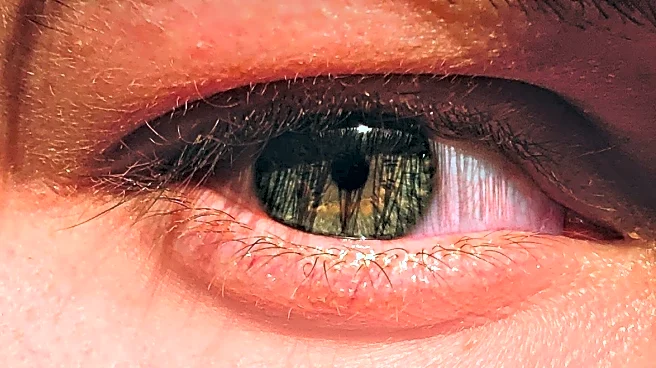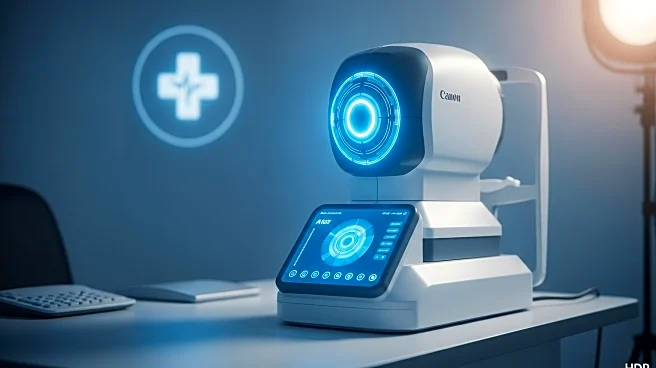What's Happening?
A recent study has highlighted the prevalence and progression of refractive errors in patients with inherited retinal diseases (IRDs) from an early age. The research, which is one of the largest of its kind, found that significant ametropia is common in these patients, with high refractive errors present in about one-third of the cohort. The study observed a notable myopic shift over time, particularly in patients with specific genetic mutations such as TRPM1, CACNA1F, and NYX. The findings suggest that emmetropization, a process of refractive error correction seen in healthy children, does not occur in those with IRDs. This underscores the need for early detection and intervention to manage visual outcomes effectively.
Why It's Important?
The study's findings are crucial for understanding the visual development challenges faced by children with IRDs. Early detection and management of refractive errors can significantly impact the quality of life and visual acuity of affected individuals. The research also highlights the genetic underpinnings of these conditions, which could lead to more targeted therapies and interventions. As IRDs are associated with specific genetic mutations, this study provides a foundation for further genetic research and potential gene therapy approaches. The insights gained could also inform clinical practices and guidelines for monitoring and treating refractive errors in pediatric patients with IRDs.











